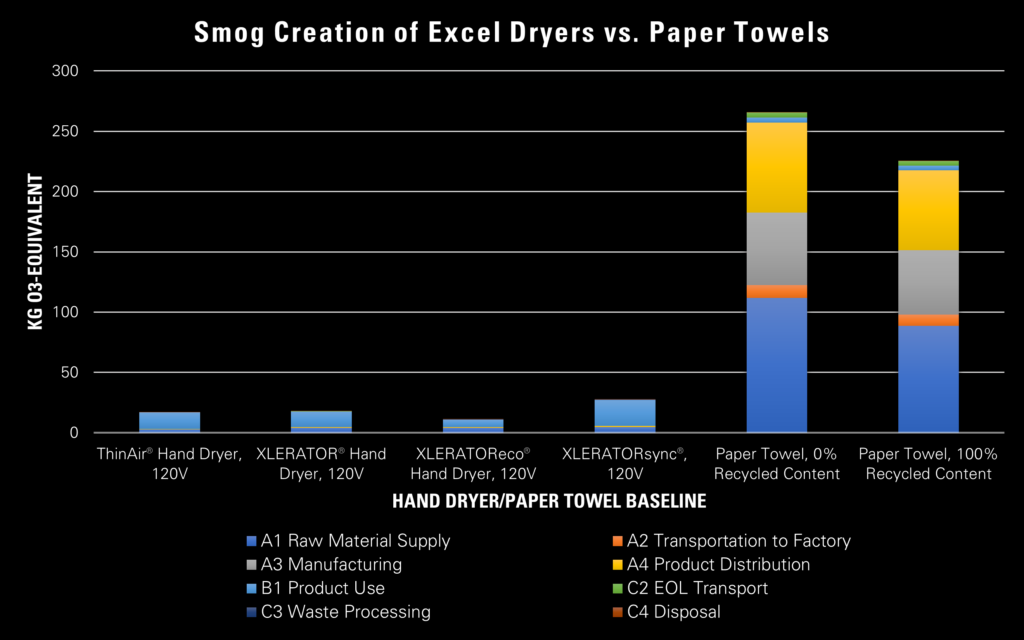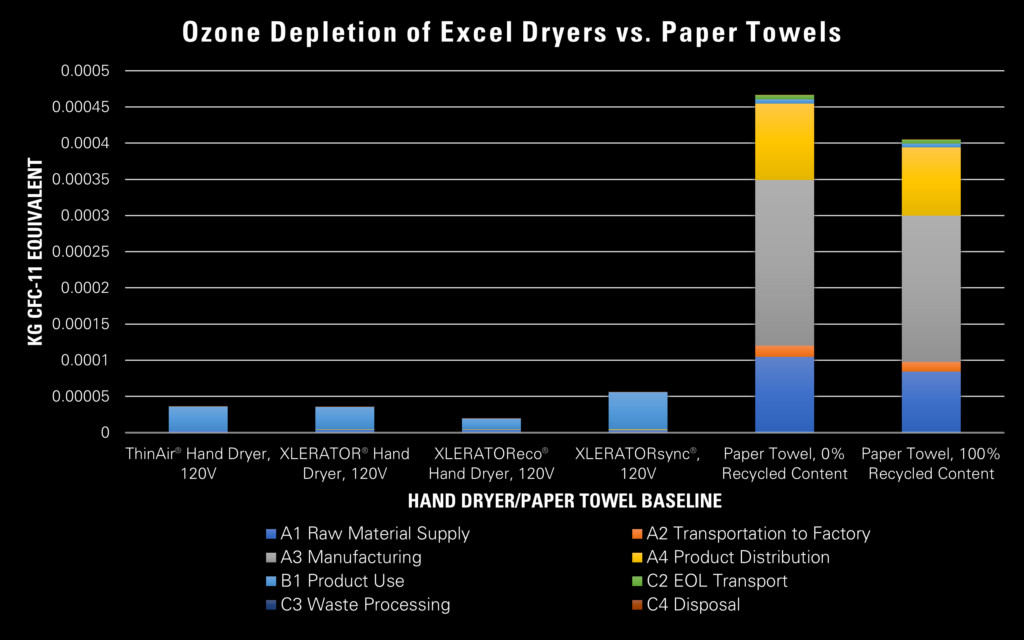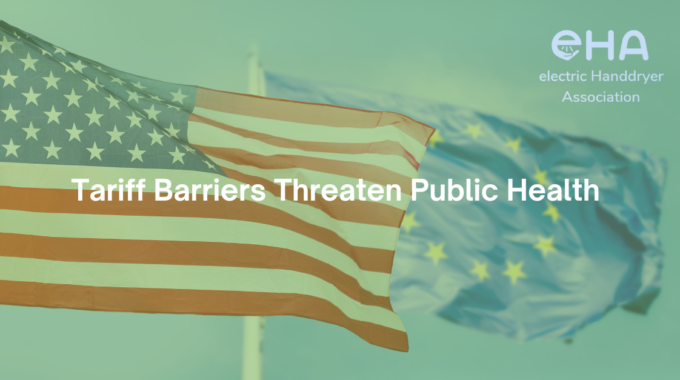By reducing or eliminating tariffs on clean and efficient technologies, both economies are affirming the role of trade policy in supporting climate and health outcomes.

A Clear Choice for a Cleaner Atmosphere
As environmental concerns continue to rise, finding sustainable solutions for everyday practices has become crucial. One significant area where we can make a positive impact is in our choice of hand drying methods. A recent life cycle assessment (LCA) study conducted by Excel Dryer and TrueNorth Collective has revealed that electric hand dryers have a lower smog creation potential and deplete less ozone compared to paper towels, making them the superior choice for reducing air pollution.
Understanding Smog Creation and Ozone Depletion
Smog creation, often caused by the release of volatile organic compounds (VOCs) like methyl bromide and nitrogen oxides (NOx), leads to an increase in ground level ozone that reduces visibility and harms human health. Ozone depletion, on the other hand, results from the release of ozone-depleting substances that break down the ozone layer in the atmosphere, limiting protection from ultraviolet radiation (UV). Exposure to UV radiation can cause damage to our DNA.

The LCA Findings: Hand Dryers vs. Paper Towels
According to recent LCA studies, electric hand dryers outperform paper towels in reducing both smog creation and ozone depletion potential by up to 95%. Here’s why:
Hand Dryers and Reduced Smog
- Lower VOC Emissions: The pulping production of paper towels involves processes that release volatile organic compounds (VOCs), which contribute to smog formation. Hand dryers do not emit VOCs during use.
- Decreased Transportation Emissions: Paper towels require extensive transportation from manufacturing to distribution points, generating emissions from vehicles that contribute to smog. Hand dryers are a one-time installation with minimal transportation emissions.
- Reduced Energy Consumption: Modern hand dryers are energy-efficient, consuming less electricity compared to the energy required to produce, transport, and dispose of paper towels, leading to fewer emissions overall.
- Minimal Chemical Use: The production of paper towels involves bleaching and other chemical processes that release smog-contributing pollutants into the atmosphere. Hand dryers avoid these chemical emissions.
Hand Dryers and Lower Ozone Depletion
- Elimination of CFCs: The paper towel manufacturing process can involve the use of chlorofluorocarbons (CFCs) and other ozone-depleting substances. Hand dryers do not involve these chemicals in their production or operation.
- Reduced Use of Harmful Chemicals: The large quantities of chemicals used in producing paper towels, such as bleaching agents, can release ozone-depleting substances. Hand dryers do not require these chemicals.
- Reduced Waste Generation: Hand dryers eliminate the need for paper towels, significantly reducing waste that contributes to landfill overflow and associated methane emissions, a potent example of greenhouse gases.
- Sustainable Energy Use: Modern hand dryers are designed to be energy-efficient, often using renewable sources of energy. This minimizes the long-term impact on the ozone layer compared to the energy-intensive process of manufacturing and distributing paper towels.

Conclusion
Switching to electric hand dryers is a straightforward yet impactful step towards reducing air pollution and protecting our atmosphere. The clear benefits in reducing smog creation and ozone depletion make hand dryers the environmentally responsible choice. The Electric Hand Dryer Association advocates for this greener alternative, urging businesses and individuals to make the switch and contribute to a healthier planet.
By opting for hand dryers over paper towels, we can all play a part in improving air quality and preserving the ozone layer. Let’s make a smart, sustainable choice for the sake of our environment and future generations.


